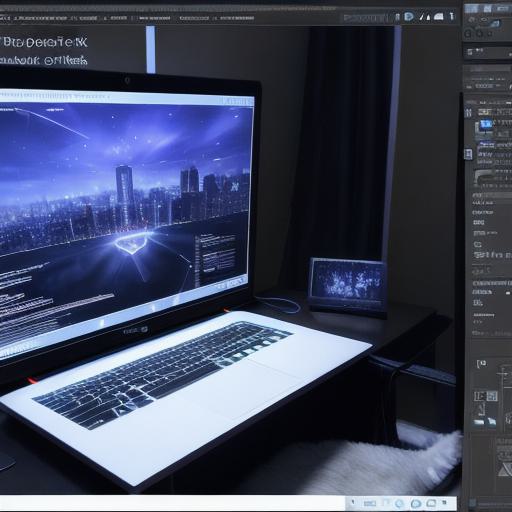Introduction
Unity 5 is a versatile game development engine that has gained immense popularity due to its powerful features and ease of use. For web developers, Unity 5 offers an exciting opportunity to expand their skillset and create interactive web experiences. In this text, we will explore the key features of Unity 5 that make it an ideal choice for web developers and provide practical examples to help you get started.
Why Unity 5 for Web Developers?
- Powerful Graphics: Unity 5’s advanced graphics engine delivers stunning visual effects, making it an excellent choice for creating engaging web experiences. With features like Global Illumination and Real-time Reflections, you can create immersive environments that captivate your audience.
- Interactive Web Experiences: Unity 5 allows you to build interactive web experiences with ease. By using the built-in WebGL support, you can publish your projects directly to the web, enabling users to explore and interact with your content in real-time.
- Integration with Other Tools: Unity 5 offers seamless integration with popular tools used by web developers, such as Unreal Engine, Blender, and Adobe Creative Suite. This allows for a more streamlined development process and greater flexibility when creating web projects.
Getting Started with Unity 5

- Setting Up Your Development Environment: To get started with Unity 5, you’ll first need to download and install the engine on your computer. Once installed, you can create a new project and choose the "WebGL" platform when configuring the settings.
- Creating Assets: In Unity 5, assets are the building blocks of your projects. You can import 3D models, textures, animations, and sounds to bring your web experiences to life. The Asset Store offers a vast library of free and paid assets that you can use as a starting point or enhance your existing content.
- Scripting: Unity 5 supports both C and JavaScript scripting languages, making it accessible to a wide range of developers. You can use scripts to control game logic, implement user interactions, and create custom functionality for your web projects.
**Example: Creating an Interactive Web Experience with Unity 5**
Consider building a 3D product showcase for an e-commerce website using Unity 5. By importing high-quality product models and textures, you can create a visually appealing and interactive experience for users to explore the product from different angles and customize their viewpoint. Scripting can be used to implement user interactions such as adding items to a cart or zooming in for closer inspection.
Summary

Unity 5 offers web developers an exciting opportunity to expand their skillset and create engaging, interactive web experiences. With its powerful graphics engine, seamless integration with other tools, and WebGL support, Unity 5 is an ideal choice for building immersive and captivating web projects.
